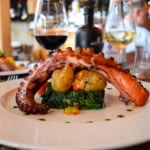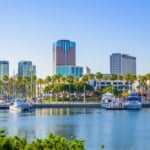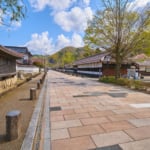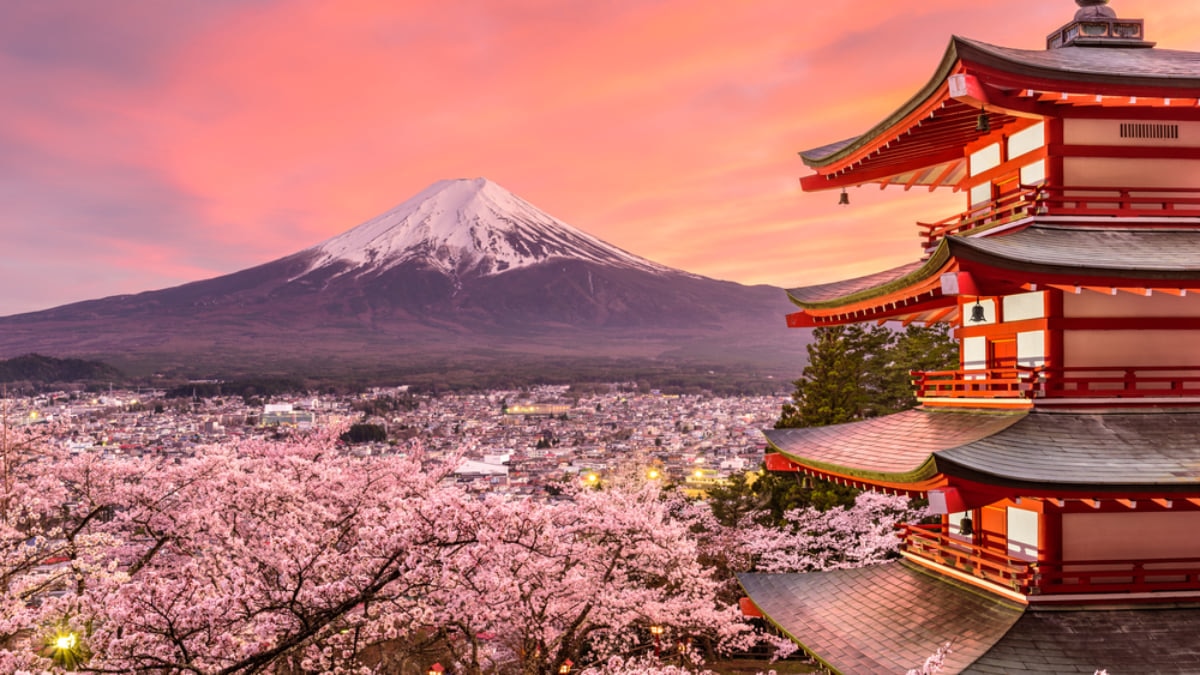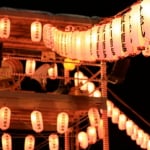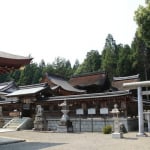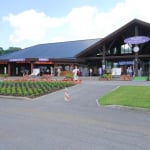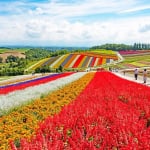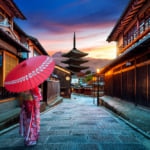Since the feudal era, Japan has been traditionally divided into eight regions, each with its own distinct dialects, traditions, and history. Though not officially recognized by the government, these regions are commonly used in business names, tourism, transportation, and product labels, and are crucial for understanding Japanese culture today. Explore the history and culture that define these eight major regions and set them apart.
table of contents
[x] close
A Guide to the Eight Major Regions of Japan
Kanto
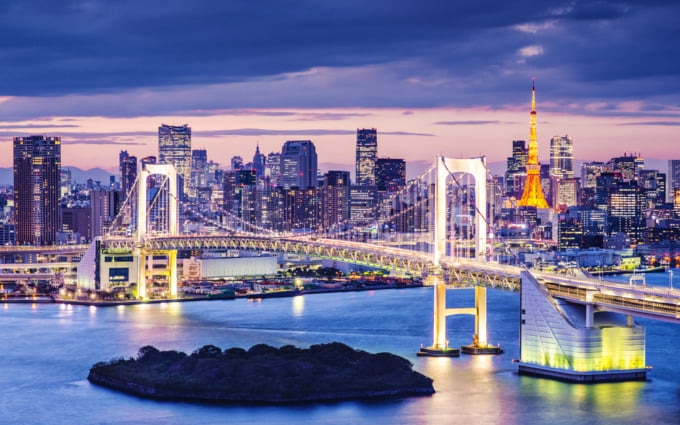
Photo by ESB Professional/Shutterstock
The Kanto region is home to two of the world's largest metropolitan areas: Yokohama, a major port city, and Tokyo, Japan's bustling capital. In the Edo Period, "Kanto" referred to all of eastern Japan, but today it consists of just seven prefectures: Gunma, Tochigi, Ibaraki, Saitama, Tokyo, Chiba, and Kanagawa. Located on the main island of Honshu, Kanto is bordered by mountains and seas. After the capital moved to Tokyo in the 1800s, the Kanto dialect became the standard Japanese used in news and media. Kanto is famous for Tokyo’s attractions, Gunma's hot springs and charming villages, and its proximity to Mount Fuji.
Kansai
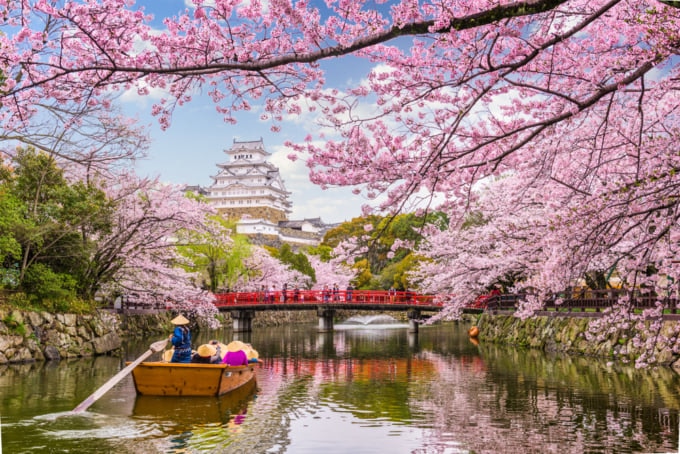
Photo by Sean Pavone/Shutterstock
The Kansai region is the cultural heart of Japan, rich in history and tradition. It is home to the historic cities of Kyoto, Nara, and the sacred Mie Prefecture. Kansai boasts some of Japan's most iconic landmarks, including Himeji Castle in Hyogo, Kyoto’s temples and shrines, and Ise Shrine in Mie, regarded as Japan’s most sacred Shinto site. Given that Nara and Kyoto served as the imperial capitals for over a thousand years until the Meiji Restoration, it’s no surprise that the region developed a refined culture shaped by nobility and court life. Unlike the more uniform Kanto region, Kansai’s metropolitan areas each have a distinct cultural identity, making it difficult to generalize the region as a whole.
Hokkaido
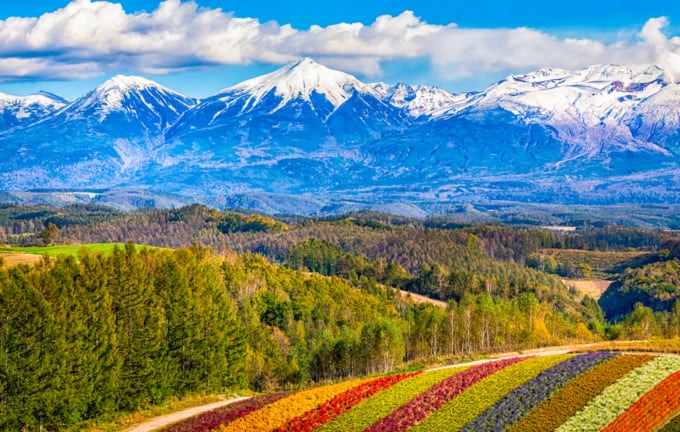
Photo by CGN089/Shutterstock
Hokkaido, Japan's largest and northernmost prefecture, covers the entire island north of Honshu. Known for its long, snowy winters, Hokkaido attracts millions of tourists each year to its world-class ski resorts and large-scale winter festivals, with the Sapporo Snow Festival in early February being the most famous. Locals also treasure Hokkaido for its fresh seafood, vast untouched wilderness, and vibrant flower fields in summer. Hokkaido is renowned for its high-quality dairy products and melons, which are often regarded as symbols of premium taste and quality across Japan.
Tohoku
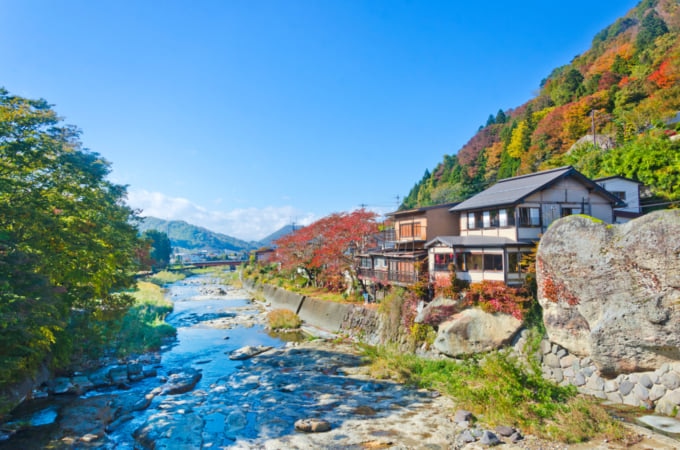
Photo by Tanya Jones/Shutterstock
Located at the northern tip of Honshu, the Tohoku region is separated from Hokkaido by the Tsugaru Strait and consists of six prefectures: Akita, Aomori, Fukushima, Iwate, Miyagi, and Yamagata. Tohoku is renowned for its vibrant summer festivals, breathtaking natural landscapes, and rich cultural heritage. Major events like Aomori's Nebuta Festival, Akita's Kanto Festival, and Sendai's Tanabata Festival draw millions of visitors annually. Tohoku is also famous for producing some of Japan's finest rice and sake. With heavy snowfall along the Sea of Japan, Tohoku is a popular winter destination for skiing, snow festivals, and relaxing in hot springs (onsen).
Chubu

Photo by FS11/Shutterstock
The Chubu region, situated in the center of Honshu, is bordered by the Tohoku and Kanto regions to the east and is renowned for its stunning mountain scenery. Stretching from Niigata to Shizuoka, the Japan Alps provide a breathtaking backdrop for skiing, hiking, and hot spring retreats. Mount Fuji, straddling Yamanashi and Shizuoka Prefectures, is the region's most iconic landmark. Chubu is also known for its well-preserved historic towns such as Kanazawa, Takayama, and Shirakawa-go. The largest city in the region, Nagoya, is Japan's third-most populous city and is celebrated for its museums, traditional handicrafts, and the beautifully restored Nagoya Castle.
Chugoku
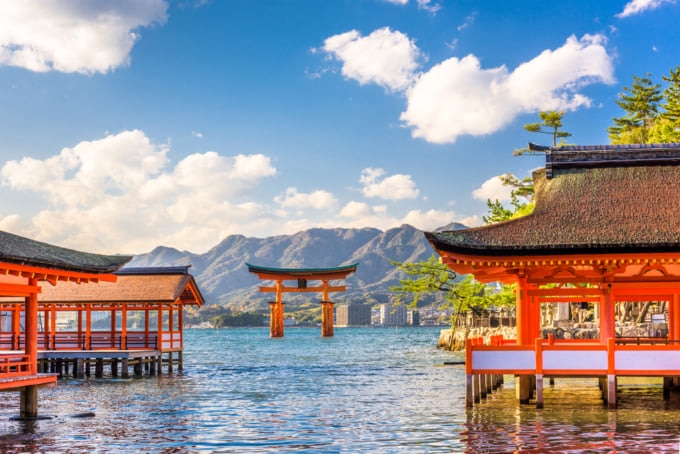
Photo by Sean Pavone/Shutterstock
The Chugoku region, located on the western tip of Honshu, comprises Hiroshima, Okayama, Shimane, Tottori, and Yamaguchi Prefectures. The name "Chugoku," meaning "Middle Country," is also used to refer to China, and the region is sometimes called the San'in San'yo Region. Hiroshima, the largest city in Chugoku, is renowned globally for its peace monuments and memorials dedicated to the victims of the Atomic Bombing. The region's most iconic landmark is Itsukushima Shrine, located in Hiroshima Prefecture. Chugoku is also well-known for its citrus fruits, a prominent product of the area.
Kyushu
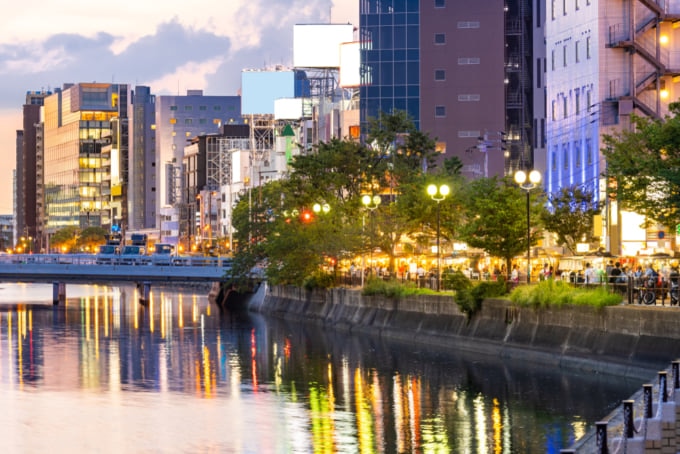
Photo by vichie81/Shutterstock
Kyushu, a large island in western Japan, is divided into two distinct regions: Northern Kyushu, which includes Fukuoka, Kumamoto, Nagasaki, Oita, and Saga Prefectures, and Southern Kyushu, encompassing Kagoshima and Miyazaki. Okinawa is sometimes included in this list, though it has a distinct cultural and historical background. Fukuoka, Nagasaki, and particularly Okinawa are notably influenced by traditional Chinese culture. Kyushu is renowned for its hot springs, including those around Mount Aso, an active volcano in Kumamoto Prefecture, and the Eight Hells of Beppu in Oita Prefecture. The island is also famous for its shochu (a type of rice liquor) and tonkotsu ramen, a rich pork bone-based broth dish with roots in Chinese cuisine.
Shikoku
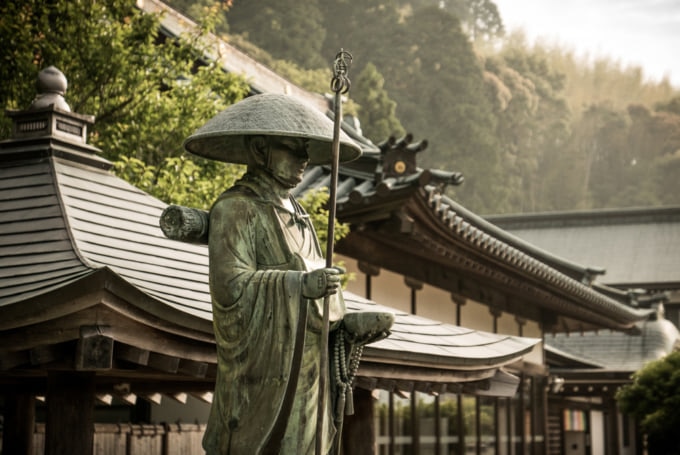
Photo by Jesus de Alvaro/Shutterstock
Shikoku, the smallest of Japan’s four main islands, comprises the prefectures of Ehime, Kochi, Kagawa, and Tokushima. The island is renowned for its historic temples and architecture, particularly along the Shikoku Pilgrimage Trail, a historic route connecting 88 temples and designated as a UNESCO World Heritage Site. Kochi is celebrated as the birthplace of Yosakoi, a traditional dance now featured in festivals across Japan. Shikoku is also known for its fruit and wheat production along the Seto Inland Sea, with udon—thick, chewy wheat noodles—being a notable local specialty.
In Conclusion
Japan's eight major regions are integral to grasping the country's diverse cultural landscape. Each region boasts its own unique festivals, traditions, and local specialties, from stunning natural landscapes to cherished recipes handed down through generations. This overview of Japan’s major regions will deepen your appreciation of the nation's culture and make your visit even more rewarding.
